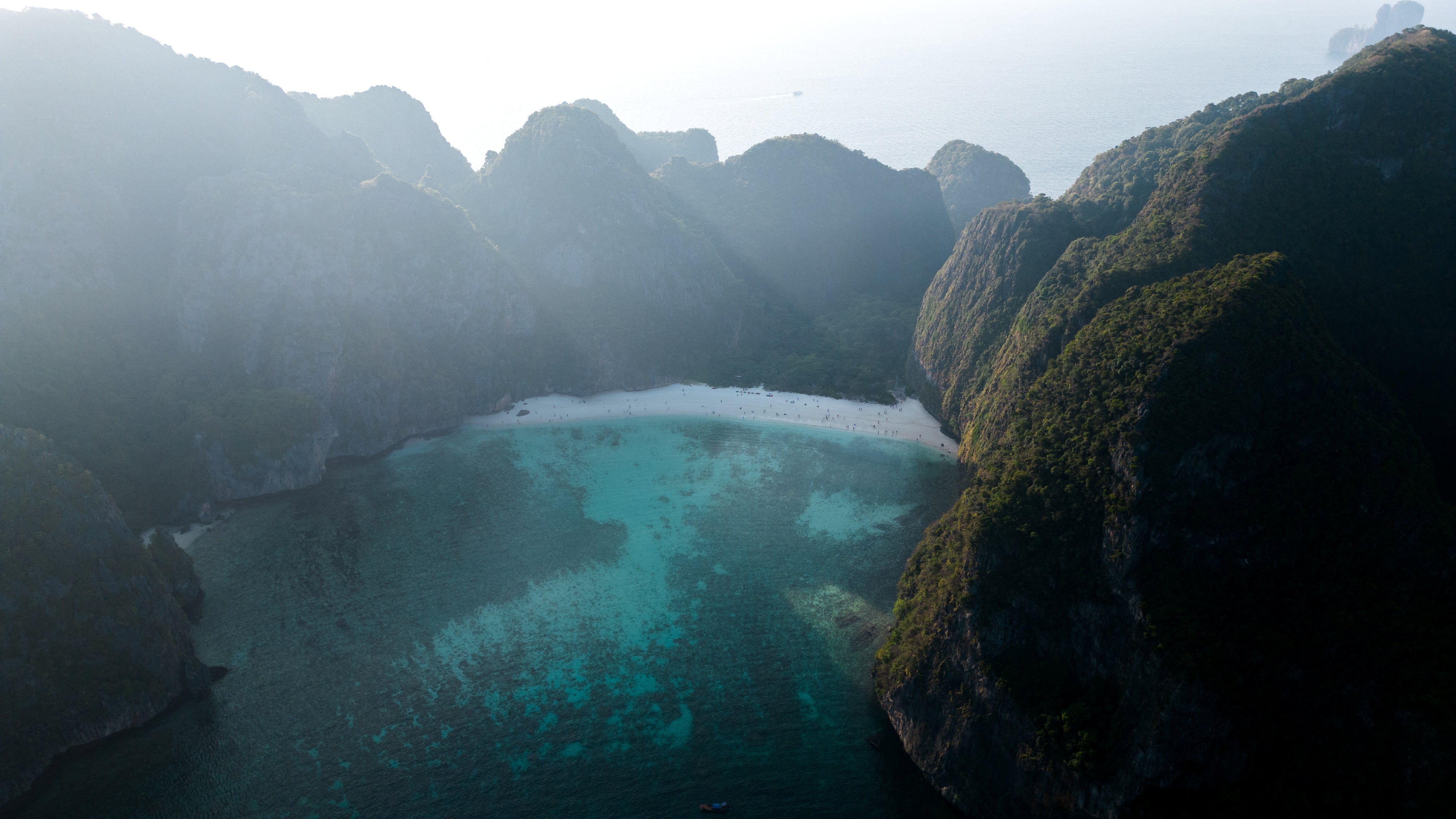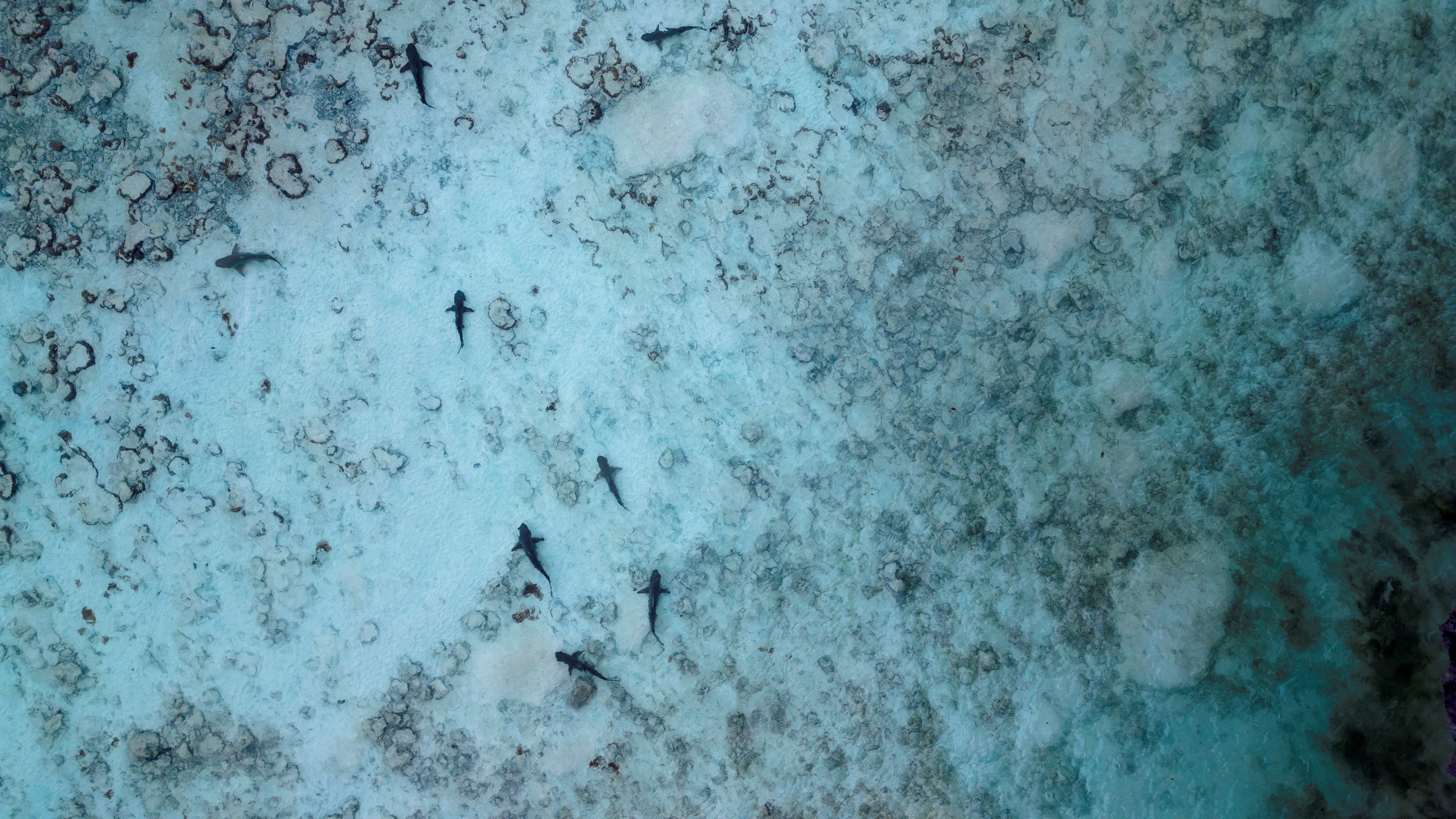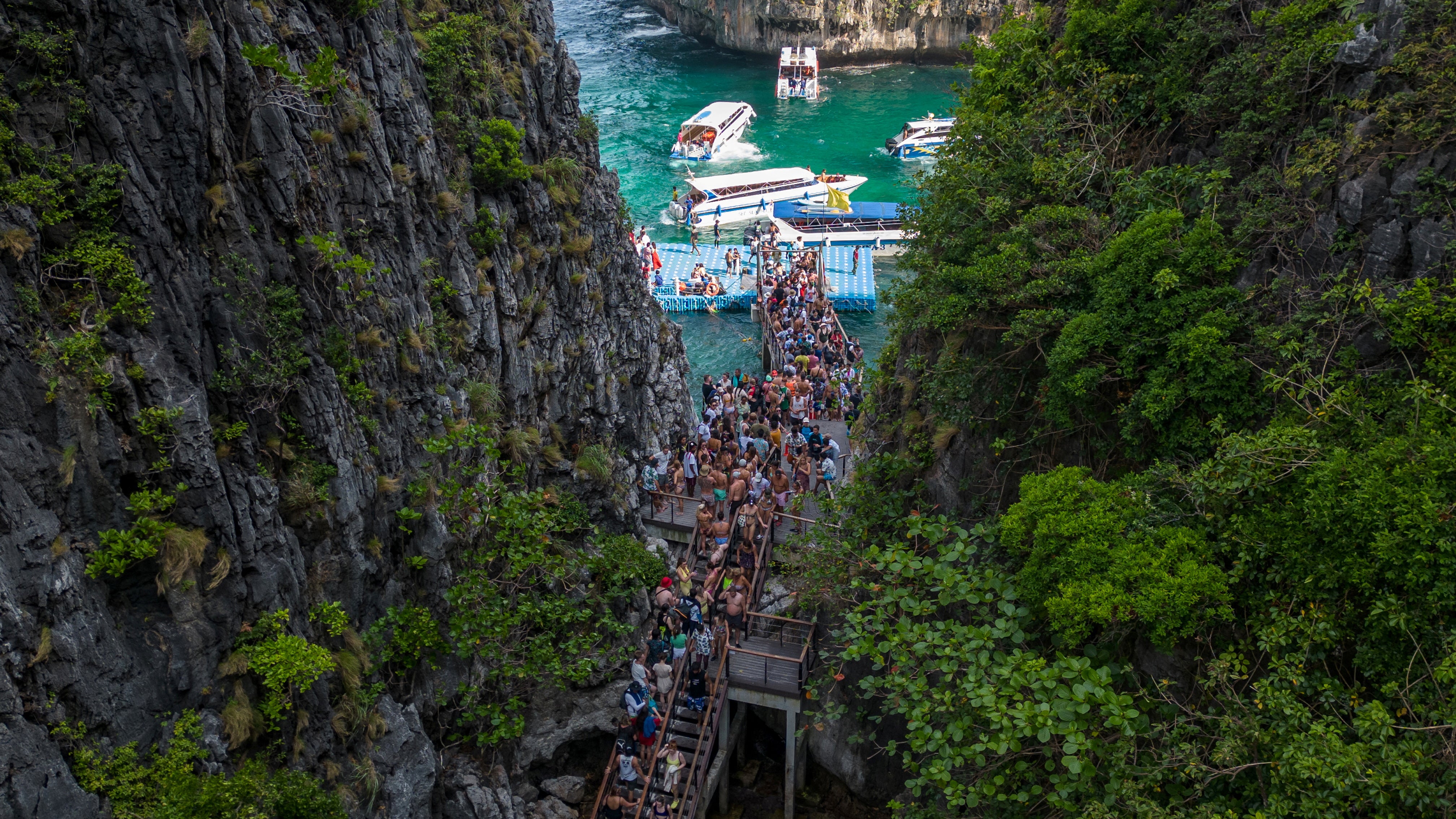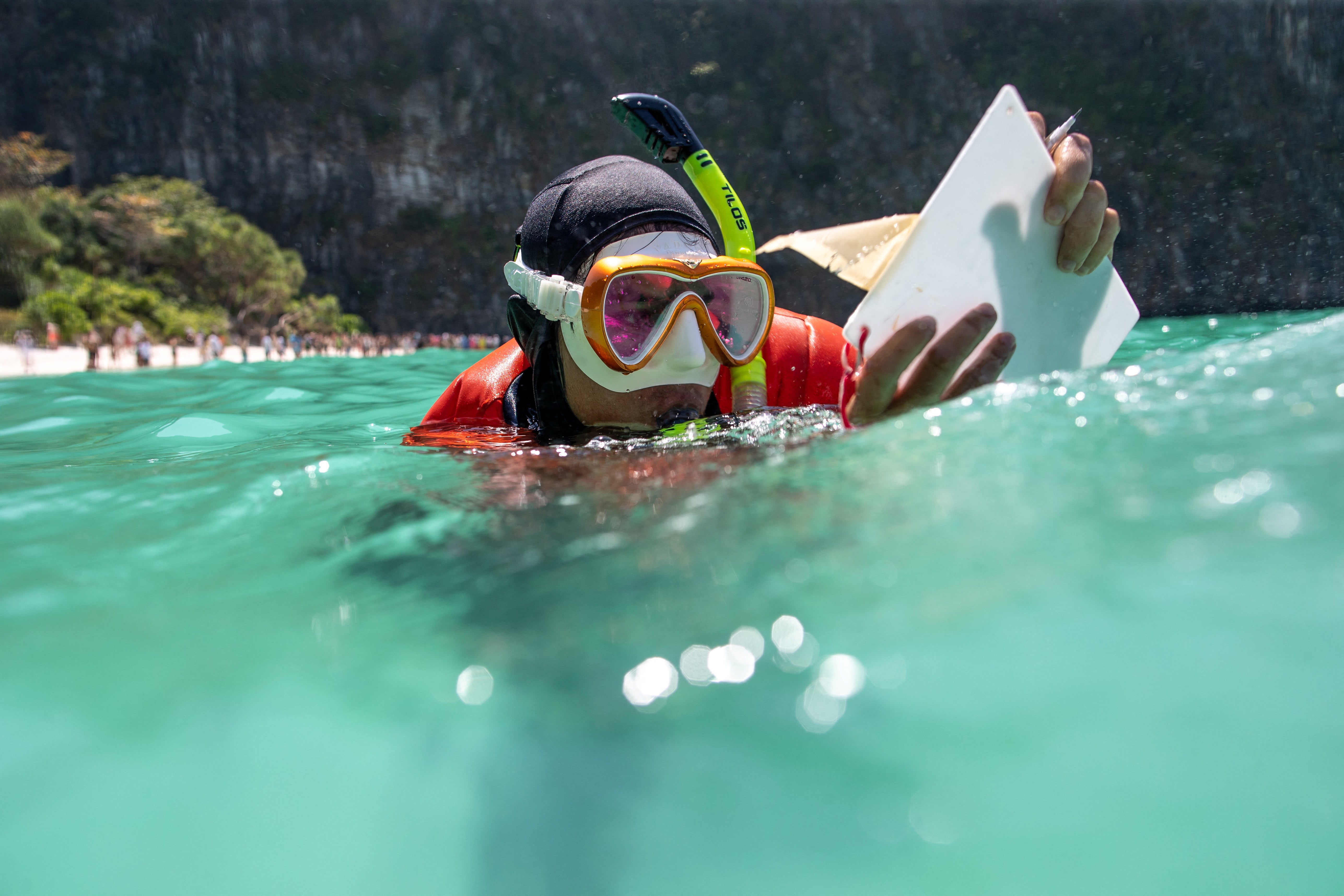Fears for booming shark population as tourists return to Thai island
Maya Bay is struggling to strike a balance between preserving a pristine ecosystem and sustaining livelihoods dependent on tourism

Your support helps us to tell the story
From reproductive rights to climate change to Big Tech, The Independent is on the ground when the story is developing. Whether it's investigating the financials of Elon Musk's pro-Trump PAC or producing our latest documentary, 'The A Word', which shines a light on the American women fighting for reproductive rights, we know how important it is to parse out the facts from the messaging.
At such a critical moment in US history, we need reporters on the ground. Your donation allows us to keep sending journalists to speak to both sides of the story.
The Independent is trusted by Americans across the entire political spectrum. And unlike many other quality news outlets, we choose not to lock Americans out of our reporting and analysis with paywalls. We believe quality journalism should be available to everyone, paid for by those who can afford it.
Your support makes all the difference.On any given day in Thailand’s Maya Bay, up to 40 blacktip reef sharks cruise in the cyan shallows while about 4,000 tourists visit its white-sand beach flanked by towering cliffs.
Shark numbers have improved since almost every last one was driven from the bay by the influx of tour boats and tourists keen to see the uninhabited idyll that was made famous as the set of Leonardo Di Caprio’s 2000 thriller The Beach.
The sharks returned after a tourism ban and the pandemic between 2018 and 2022 halted all visitors to the bay.
Authorities allowed limited tourism to resume last year, and now conservationists say shark numbers are thinning out again, leaving Maya Bay struggling to strike a balance between preserving a pristine ecosystem and sustaining livelihoods dependent on tourism.


“We don’t talk about closing down everywhere or reducing the tourism numbers, but I think we are talking about managing it wisely,” said Petch Manopawitr, a marine adviser to Thailand’s National Parks Department.
Shark nursery
Maya Bay lies in Phi Phi Leh Island, a speck of limestone rock covered in emerald-green vegetation in the Andaman Sea off Thailand’s west coast.
Marine researcher Metavee Chuangcharoendee said that thanks to the pause in tourism the island was once again functioning as a nursery for young sharks.


She and other researchers at the Maya Shark Watch Project use underwater cameras and drones to count sharks and observe their behaviour, feeding areas, and breeding patterns.
In the year between November 2021, when they initiated a pilot study, and the end of 2022, they noticed a decrease in the number of sharks as tourists gradually returned.
Blacktips, named after the distinctive black colouring on their dorsal fins and tails, roam the Andaman Sea and other tropical regions in decreasing numbers due to overfishing, according to the International Union for Conservation of Nature.



A number of factors affect the sharks around Phi Phi Leh Island, including seasonal movement patterns and human activity like fishing, Metavee said.
But with the number of sharks already dwindling, authorities and conservationists are intent on keeping tourists from swimming in the bay and driving away the baby sharks, which hide in the shallows and coral reefs from the cannibalistic adults.
“We are hoping that with the restrictions in place, we can mitigate the disturbance to [the sharks]. We are doing this research in hopes that we can find the best way to manage and the best way for tourism and the environment to coexist,” Metavee said.
Tourism dollars
Tourism is a key driver of Thailand’s economy, accounting for 12 per cent of GDP before the pandemic. The southeast Asian country is hoping to generate 1.5 trillion baht from up to 30 million tourists this year.
For Phi Phi Island National Park, annual revenue was almost halved from 638.3 million baht (£15.1m) in 2018 to 373.6 million baht in 2019 after authorities closed the beach.
The pandemic further crippled the struggling industry.



Under pressure from tour operators, authorities reopened Maya Bay in January last year after four years of closure, and visitor and revenue figures are once again rising steadily.
But authorities have maintained restrictions on access.
Tour boats must dock on the other side of the island from the beach; visitors must walk to the beach; the number of visitors allowed every hour is capped at 375, and they are allowed to wade only knee-deep into the water.
“If you can create a new image of Maya Bay as a nature reserve ... I think that is actually going to create a new tourism scheme as well and we are going to benefit from it overall,” said National Parks Department adviser Petch.
Reuters
Join our commenting forum
Join thought-provoking conversations, follow other Independent readers and see their replies
Comments